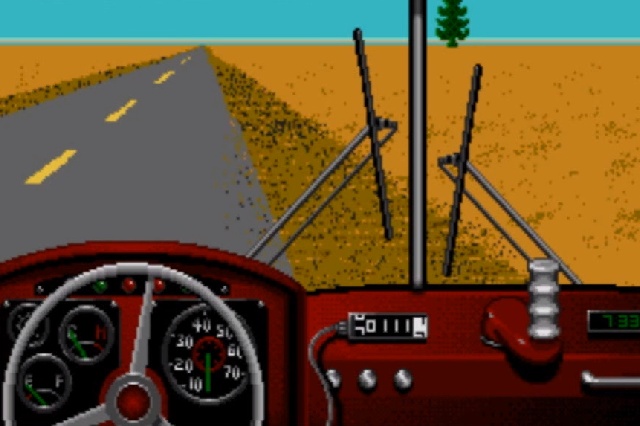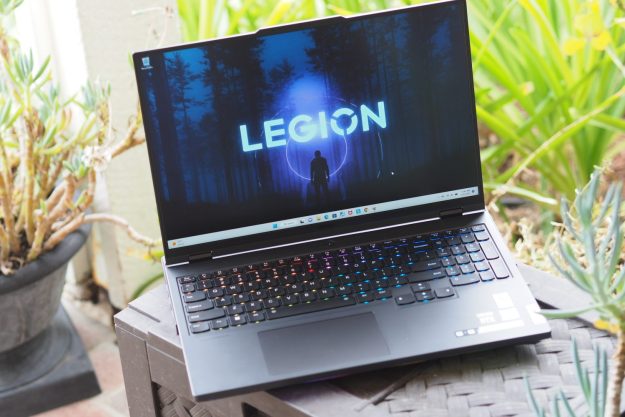
The upcoming remake will be available to charities during fundraiser events. The original Desert Bus has raised more than $3 million for charity as part of comedy troupe LoadingReadyRun’s annual Desert Bus for Hope marathon.
“I’m working on a game with [Gearbox CEO] Randy Pitchford […] and we are going to do – this is a big, big deal – we’re going to do a new Desert Bus,” Jillette confirmed during the latest episode of his Penn’s Sunday School podcast (via Stevivor). “And it’s going to be just for charities, so charities can use it to raise money.”
Jillette and comedy partner Teller previously produced Penn & Teller’s Smoke and Mirrors, an unreleased Sega CD game featuring a lineup of playable pranks that poked fun at gaming tropes. Smoke and Mirrors marked the debut appearance of Desert Bus, a first-person driving game that simulated an eight-hour trip across the featureless desert expanse between Tuscon, Arizona and Las Vegas in real time.
A canceled contest promoting Smoke and Mirrors would have challenged players to earn as many points as possible by traveling between Tuscon and Las Vegas repeatedly, with the game awarding one point for each successful trip. After the finished but unreleased Smoke and Mirrors was leaked online, LoadingReadyRun took inspiration from the in-game contest for a series of multi-day charity events in which a rotating series of participants play Desert Bus for dozens of consecutive hours.
Jillette hopes to have Desert Bus VR up and running on a variety of VR devices, including the Oculus Rift and PlayStation VR. Recalling its Sega CD roots, Desert Bus VR will be available as part of a bundle of similar games developed in a partnership between Jillette and Gearbox.


